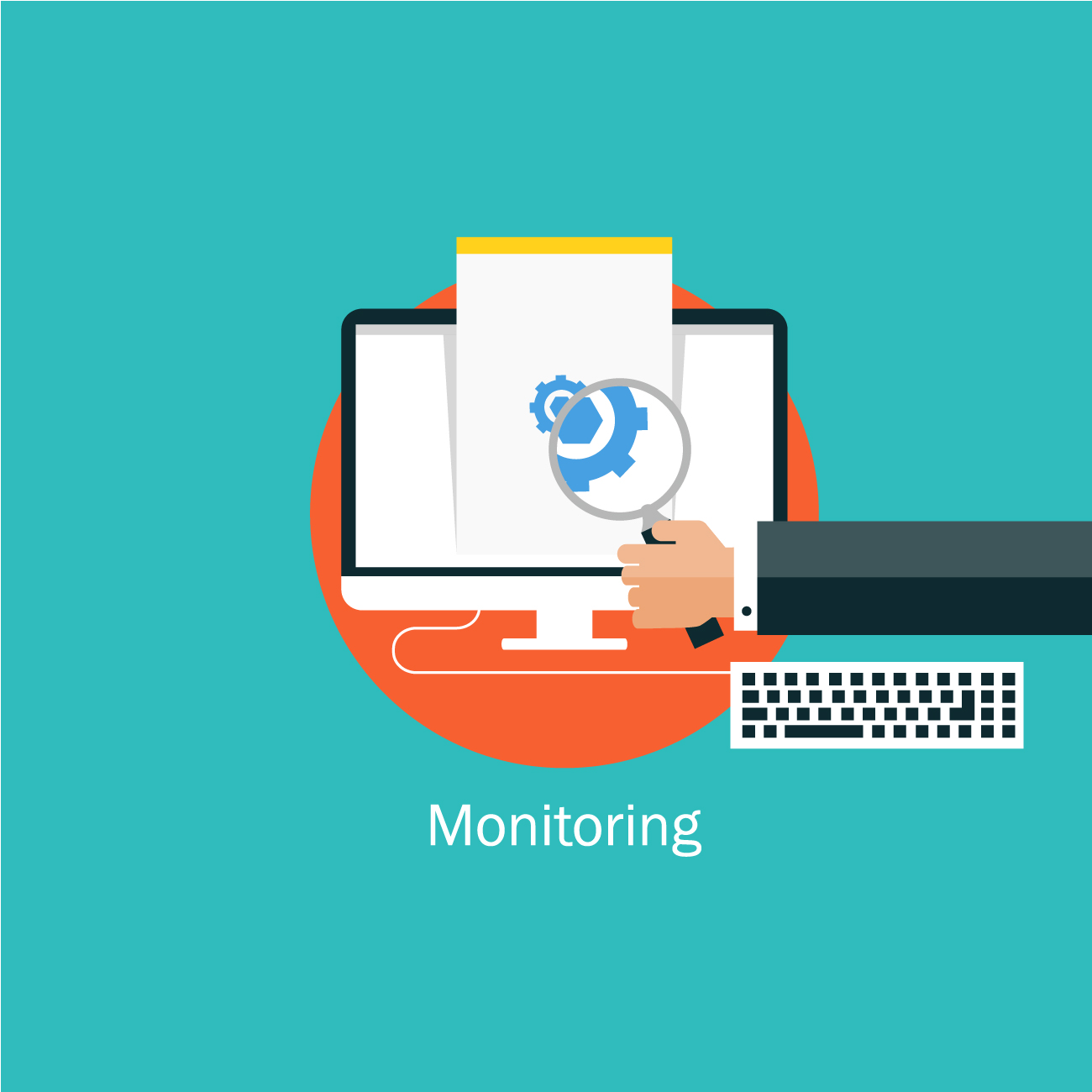Enhancing Employee Well-being Through Transparent Screen Monitoring Policies
As businesses increasingly adopt computer screen monitoring, employee concerns about privacy and trust have grown. However, when implemented with transparency, screen monitoring can enhance well-being, improve morale, and boost productivity. This article explores how clear communication and ethical policies can make monitoring a positive tool for both employees and employers.
The Need for Transparency in Screen Monitoring
Why Screen Monitoring is Used
Screen monitoring software has become a common tool for businesses managing remote and in-office teams. While its primary purpose is to enhance efficiency, its impact extends beyond just productivity. Here’s why companies implement computer screen monitoring:
- Ensuring Productivity: Monitoring tools help track how employees utilize their work hours, ensuring that tasks are completed efficiently and minimizing time wasted on non-work-related activities.
- Enhancing Data Security: With cybersecurity threats on the rise, businesses use screen monitoring to prevent unauthorized access to sensitive information and mitigate data breaches.
- Providing Workflow Insights: Managers can identify process inefficiencies, streamline operations, and offer necessary support to employees struggling with workload management.
Common Employee Concerns
Despite its benefits, screen monitoring often raises concerns among employees, particularly regarding privacy, trust, and autonomy. Some common apprehensions include:
- Excessive Surveillance: Employees fear that constant monitoring may lead to micromanagement and unnecessary scrutiny.
- Lack of Transparency: Uncertainty about what is being tracked and how the data is being used can create distrust between employees and management.
- Impact on Job Satisfaction: Employees may feel pressured or uncomfortable, leading to stress and decreased morale if monitoring is implemented unethically.
Establishing Transparent Screen Monitoring Policies
Clear Communication is Key
The foundation of ethical and effective computer screen monitoring lies in transparency. Organizations should ensure that employees fully understand the purpose and scope of monitoring by:
- Informing Employees: Clearly outline which activities are being tracked and why monitoring is necessary.
- Providing Written Policies: A documented policy should specify what data is collected, how it is stored, and who has access to it.
- Encouraging Open Discussions: Allow employees to voice concerns and ask questions to foster an environment of trust and cooperation.
Gaining Employee Consent
Obtaining informed consent before implementing monitoring tools is crucial in maintaining ethical standards. Best practices include:
- Explaining the Benefits: Highlight how monitoring helps in workload management, career development, and operational efficiency.
- Seeking Acknowledgment: Employees should sign a consent form agreeing to the monitoring policy.
- Involving Employees in Policy Development: Giving employees a voice in shaping monitoring policies ensures greater acceptance and reduces resistance.
Balancing Productivity and Privacy
Implementing Ethical Monitoring Practices
To maintain a balance between productivity tracking and employee privacy, organizations should:
- Focus on Work-Related Activities: Monitoring should strictly track professional tasks and avoid collecting personal information.
- Limit Monitoring During Breaks: Employees should have privacy during non-working hours, including lunch breaks and personal time.
- Use Data for Positive Outcomes: Rather than using monitoring for punitive measures, leverage insights to support employee development and improve workflow efficiency.
Setting Realistic Expectations
Excessive monitoring can lead to unnecessary pressure, so companies should:
- Define Reasonable Productivity Metrics: Set achievable goals that consider different work styles and responsibilities.
- Encourage Self-Management: Employees should have the flexibility to manage their tasks within the given work structure.
- Provide Constructive Feedback: Use monitoring data to offer guidance rather than reprimand employees for minor productivity fluctuations.
The Positive Impact of Transparent Monitoring
Boosting Employee Morale
When monitoring is conducted ethically, it can have a positive effect on workplace morale. Employees are more likely to feel comfortable with monitoring when:
- There is Open Communication: Trust is built when employees understand the monitoring process and feel their privacy is respected.
- It Encourages Growth: Using monitoring insights for performance coaching rather than punishment fosters a supportive work culture.
- It Recognizes Achievements: Identifying high-performing employees and rewarding their contributions enhances motivation and job satisfaction.
Enhancing Workplace Productivity
Screen monitoring provides valuable insights that can improve operational efficiency, including:
- Identifying Workflow Bottlenecks: Managers can detect areas where employees face challenges and provide necessary support.
- Encouraging Effective Time Management: Employees become more mindful of time usage, leading to better focus and improved output.
- Optimizing Remote Team Collaboration: Real-time activity tracking helps managers coordinate remote teams effectively.
Strengthening Employee-Employer Relationships
Trust between employees and management is critical for a healthy work environment. Transparent monitoring contributes to better relationships by:
- Reducing Resistance to Monitoring Tools: Employees are more accepting of monitoring when they understand its necessity and benefits.
- Encouraging Fair Evaluations: Monitoring provides objective data, reducing bias in performance assessments.
- Promoting a Culture of Accountability: Employees take greater ownership of their tasks when they know their efforts are recognized fairly.
Best Practices for Implementing Transparent Screen Monitoring
Choosing the Right Software
Selecting an appropriate computer screen monitoring tool is essential for ethical implementation. Features to consider include:
- Customizable Tracking: Allows businesses to adjust monitoring levels based on roles and responsibilities.
- Real-Time Insights with Privacy Controls: Provides valuable data without excessive invasion of privacy.
- Compliance with Legal and Ethical Standards: Ensures adherence to labor laws and data protection regulations.
Providing Employee Access to Data
To enhance transparency and fairness, companies should allow employees to:
- Review Their Own Monitoring Data: This fosters self-awareness and promotes independent productivity improvement.
- Receive Periodic Reports: Employees can track their progress and make adjustments as needed.
- Set Personal Productivity Goals: Self-imposed targets based on monitoring insights empower employees to improve performance autonomously.
Regular Policy Reviews
To maintain a fair and effective monitoring system, organizations should:
- Assess the Impact of Monitoring Regularly: Evaluate how monitoring affects productivity and morale.
- Gather Employee Feedback: Use anonymous surveys or meetings to understand employee concerns.
- Adapt Policies to Evolving Workplace Needs: Update monitoring policies to align with industry trends, technological advancements, and changing work environments.
Conclusion
Transparent computer screen monitoring policies can enhance workplace trust, well-being, and productivity when implemented ethically. By prioritizing clear communication, privacy, and fair practices, businesses can create a work environment that balances accountability with autonomy, leading to a more motivated and engaged workforce.














Post Comment